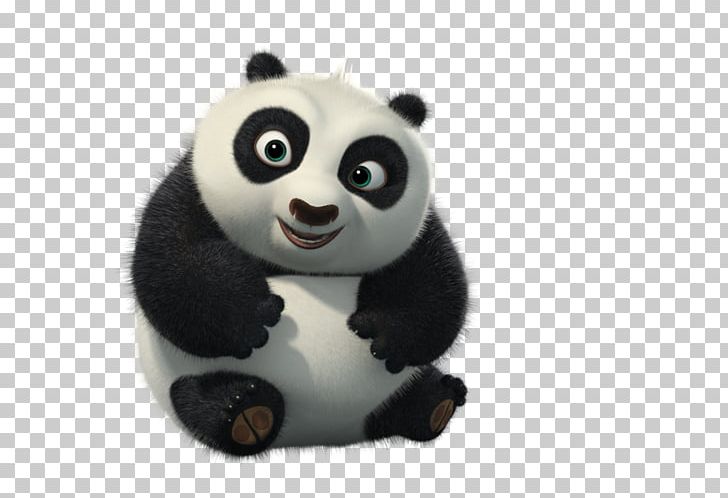


In both these dialogs Oogway presents his philosophy that is similar to what Aristotle said:Īristotle made a distinction between the essential and accidental properties of a thing. Shifu: But how? How? I need your help, master! Oogway: Maybe it can, if you are willing to guide it, to nurture it. Shifu: But a peach cannot defeat Tai Lung! You may wish for an apple or an orange, but you will get a peach. But no matter what you do, that seed will grow to be a peach tree. I can control where to plant the seed! That is no illusion, Master! Shifu: But there are things we can control. I cannot make it blossom when it suits me, nor make it bear fruit before its time. Oogway: My friend, the panda will never fulfill his destiny, nor you yours, until you let go of the illusion of control. To understand Oogway's philosophy we need to consider another moment from the movie when he talks to Shifu: Oogway: Well, that was no accident either.Īs Oogway truly believed in this "accident" he sticks with his decision. Shifu: The panda? Master, that panda is not the Dragon Warrior. As Oogway later tells Shifu there are no accidents so appearance of Po must be planed/influenced by some other forces.

Just when Oogway was choosing the Dragon Warrior, he accidentally pointed at Po (instead of Tigress?). Classical Chinese painting and martial arts films of the past decade – think "Hero" and "House of Flying Daggers" – also played a role in the film's "look," Zibach says.Po appeared in right place at the right moment. Qingcheng.Īrchitectural and landscape details were drawn from elements such as the ceramic animal tiles found along traditional Chinese sloping roofs and from the lush green bamboo forests. The movements of Lord Shen, the evil peacock villain, are based on a particularly flexible and captivating kung fu master Zibach observed at Mt. The character of baby Po, the panda who grows up to be the film's hero, was drawn after studying the movements of a baby panda at a Chengdu panda breeding facility. Qingcheng, a center of kung fu tradition. Zibach digitally "painted" the film's sets based on photographs he took in the Forbidden City – the walled North China city of Pingyao, in Chengdu (the capital of Sichuan Province) – and on Mt. DreamWorks Animation's Raymond Zibach says the first " Kung Fu Panda" film was designed from books and Internet research, but he knew he had to go to China for " Kung Fu Panda 2": "We'd fallen in love with pandas from afar and had to go see them for ourselves to get the second film right," the production designer says.


 0 kommentar(er)
0 kommentar(er)
